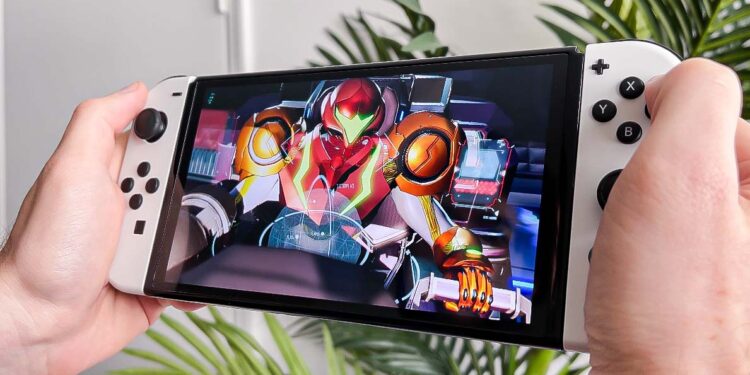In an era dominated by fierce competition among gaming consoles, Nintendo has consistently charted a unique course, prioritizing creativity and innovation over conformity and competition. With the upcoming opening of the Nintendo Museum, Shigeru Miyamoto, Nintendo’s legendary game designer, has once again highlighted the company’s distinctive approach to the gaming industry.
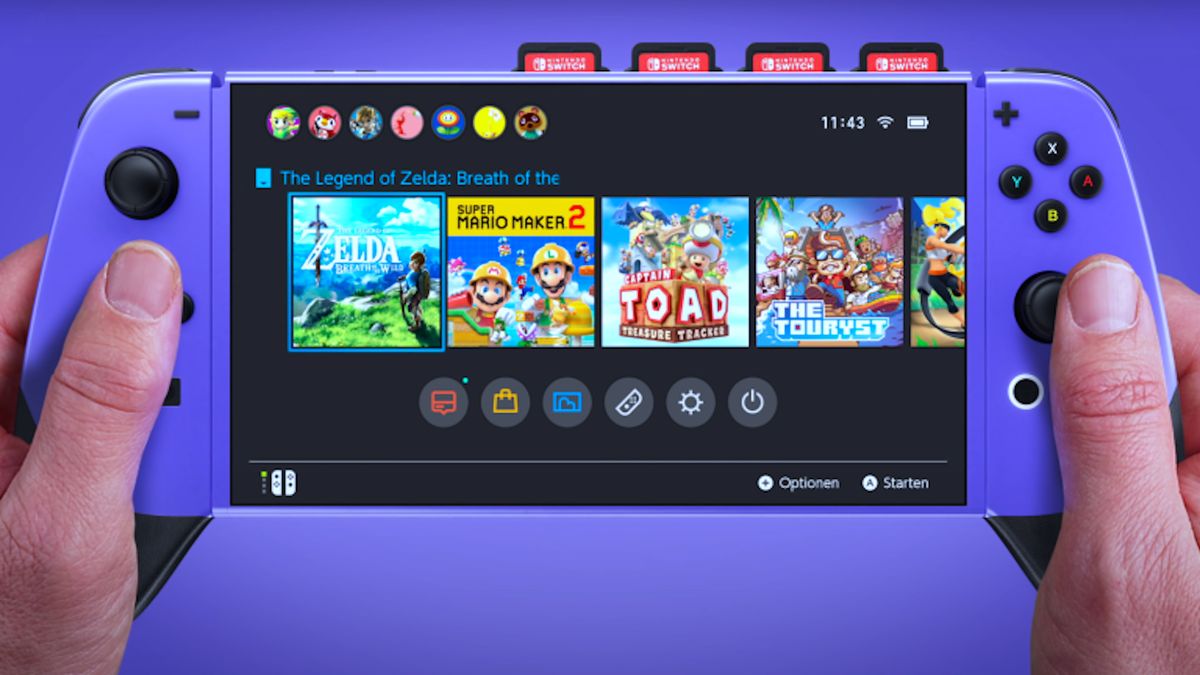
A Legacy of Innovation and Independence
As the Nintendo Museum prepares to open its doors next month, Miyamoto spoke with Famitsu about the ethos driving Nintendo’s long-standing success. He articulated a vision for the museum that goes beyond mere nostalgia; it’s an affirmation of Nintendo’s commitment to doing things its own way, irrespective of industry trends. “Rather than trying to better others in the industry or succumb to demands, we’ve always stuck to our guns and released products we wholeheartedly believe in,” Miyamoto explained. This ethos has led Nintendo to often sidestep the so-called “console wars,” focusing instead on crafting unique and memorable gaming experiences.
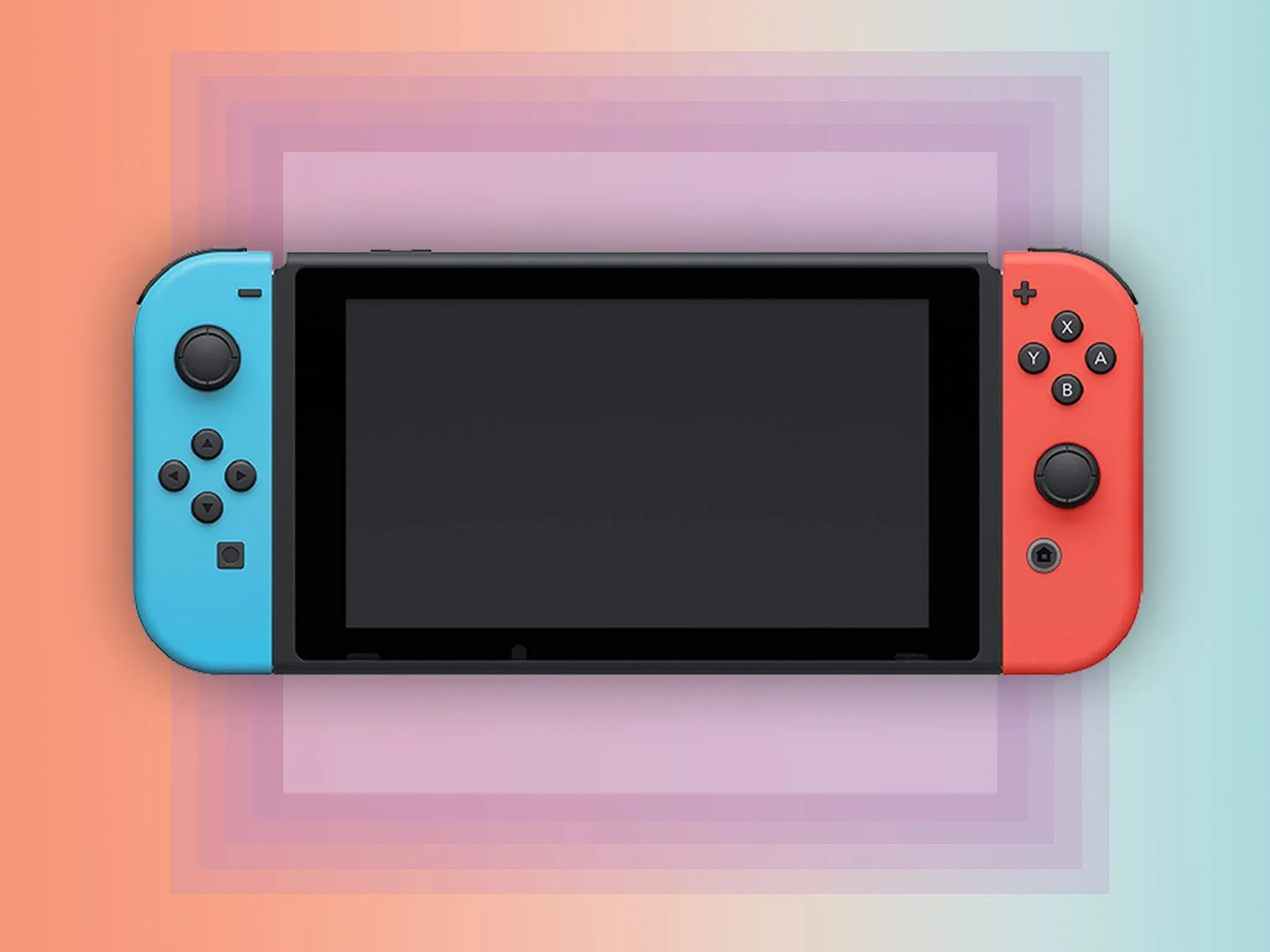
Exploring the Nintendo Museum
Set to open on October 2nd, the Nintendo Museum promises to offer visitors a comprehensive view of the company’s innovative history through interactive exhibits and exclusive merchandise. It’s not just a walk through the past but an exploration of the principles that have guided Nintendo’s decisions throughout its history.
Miyamoto’s hope is that the museum will showcase Nintendo’s ability to innovate independently of mainstream industry pressures. “It would be a waste to let it sleep in a warehouse,” he noted, emphasizing the importance of making Nintendo’s heritage accessible to everyone, from employees to families spanning three generations.
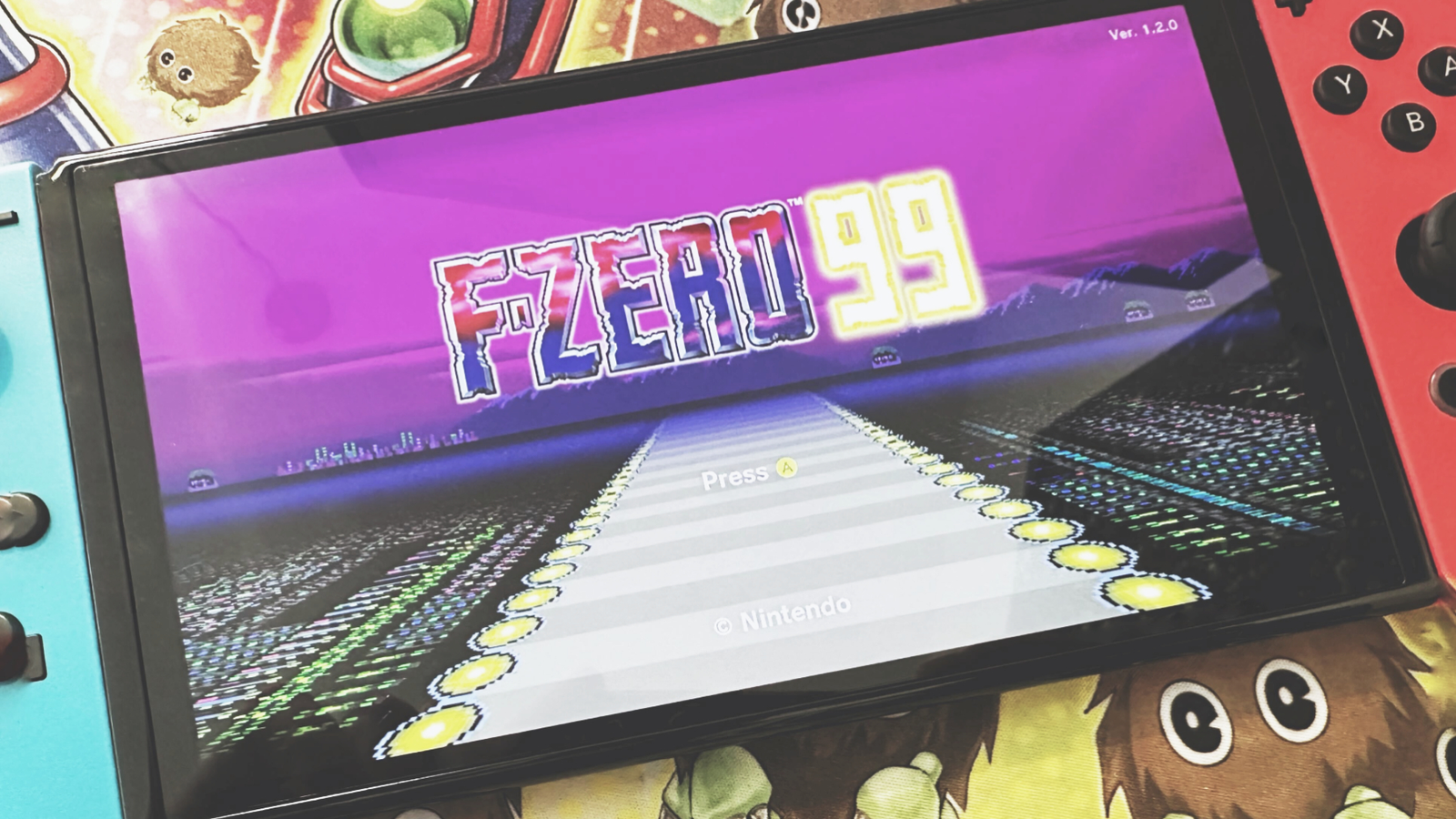
Nintendo’s Response to Industry Trends
In the interview, Miyamoto addressed critiques often aimed at Nintendo regarding their adoption of new technologies. Despite external pressures to conform to the latest tech trends like networking capabilities or mobile gaming, Nintendo has preferred to move forward only when the timing felt right. “By seeing that, people can trust Nintendo,” Miyamoto stated, suggesting that the company’s cautious approach to innovation is not a sign of stagnation but of strategic patience. This approach is evident in the success of platforms like the Wii, DS, and Switch, each of which broke the mould in some way, offering gamers new ways to interact with their games and each other, often with whimsical and unexpected innovations that have left a lasting mark on the industry.
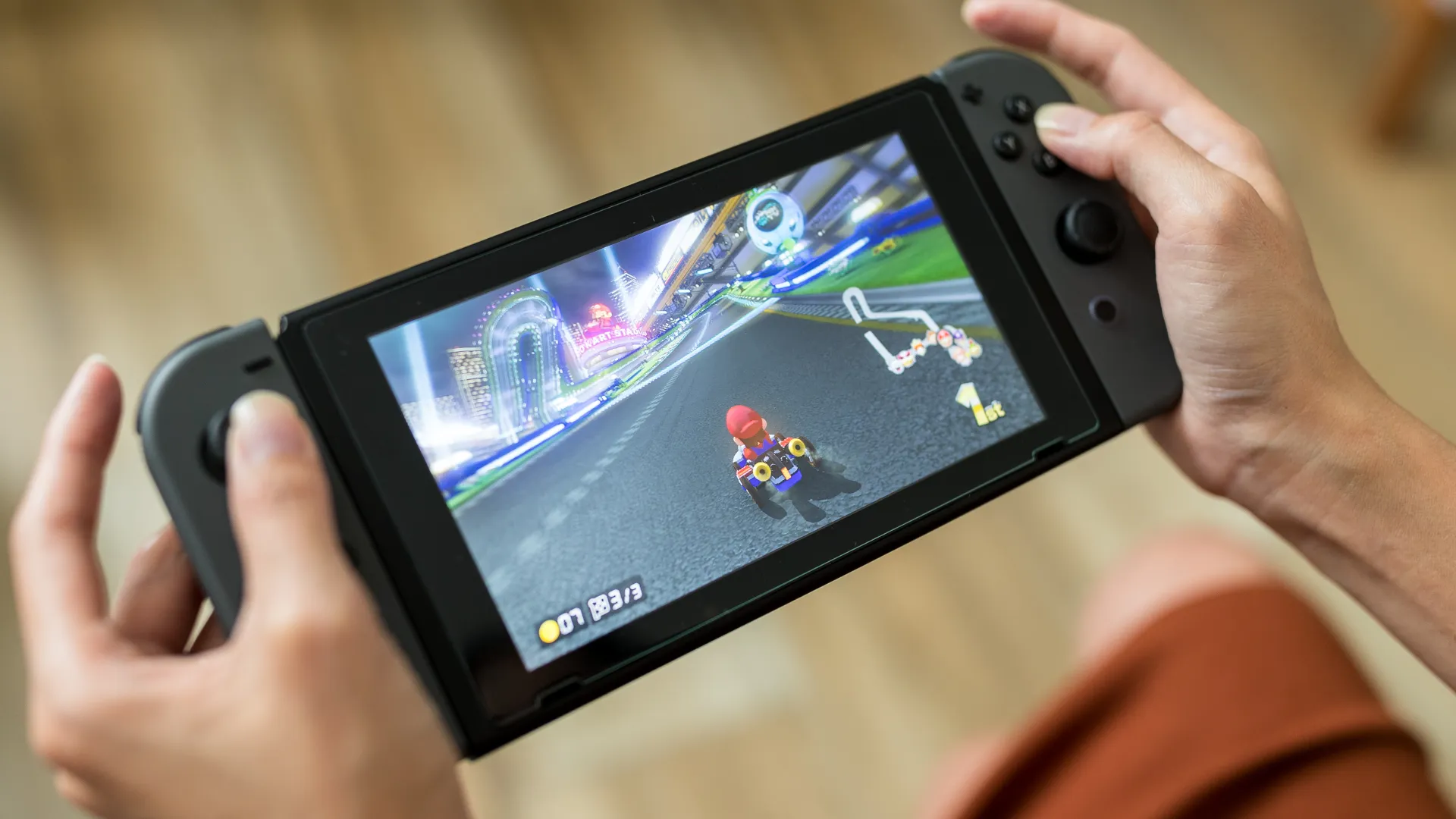
What’s Next for Nintendo?
The opening of the Nintendo Museum is more than a celebration of Nintendo’s past; it’s a reaffirmation of a corporate philosophy that values creativity over competition. As visitors to the museum will see, Nintendo’s legacy is one of thoughtful innovation and an unwavering commitment to quality and fun. This distinct approach raises the question: Will Nintendo ever change its strategy and join its competitors in the race for technological supremacy? Or will it continue to forge its path, much to the delight of gamers worldwide?

